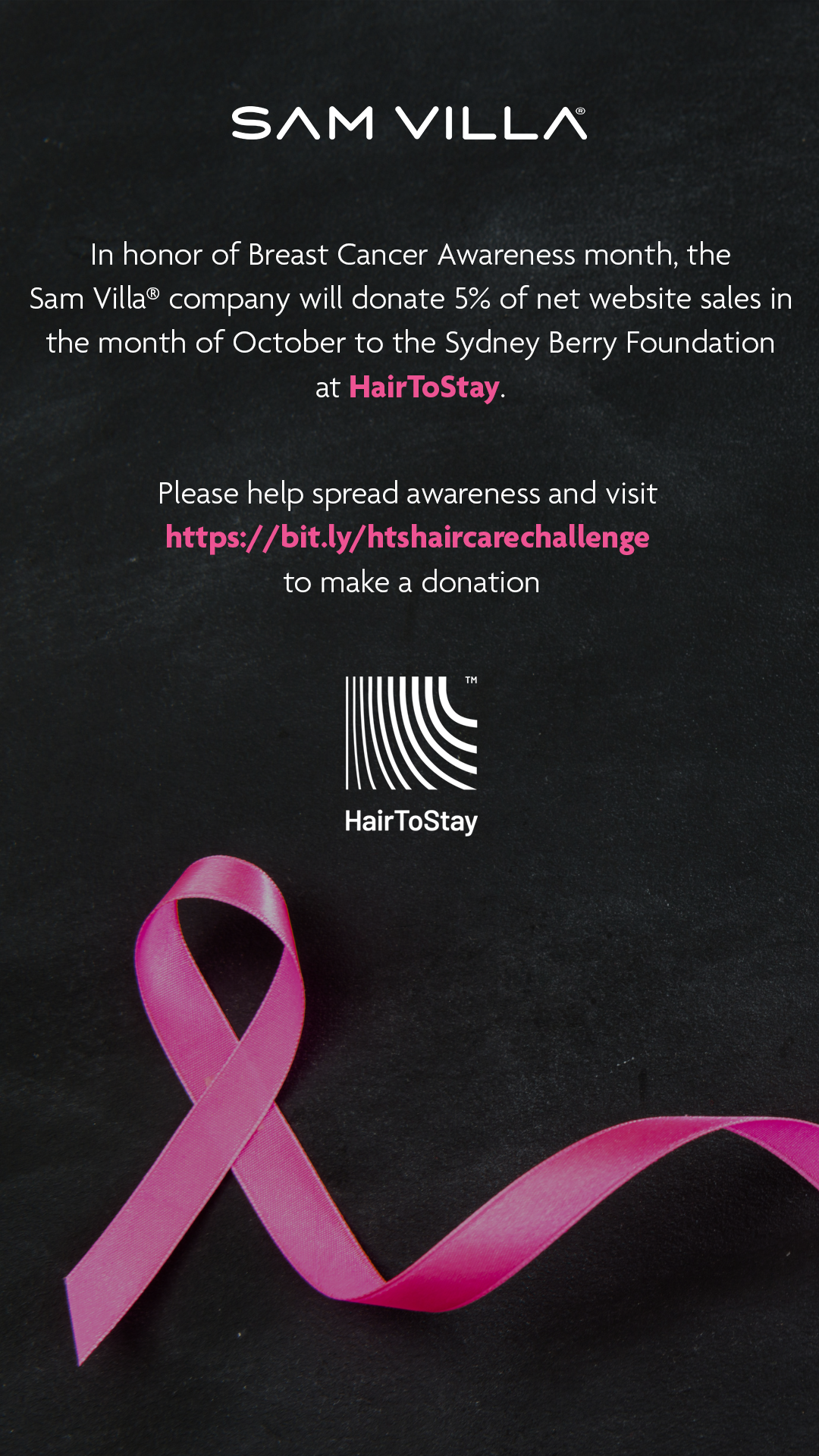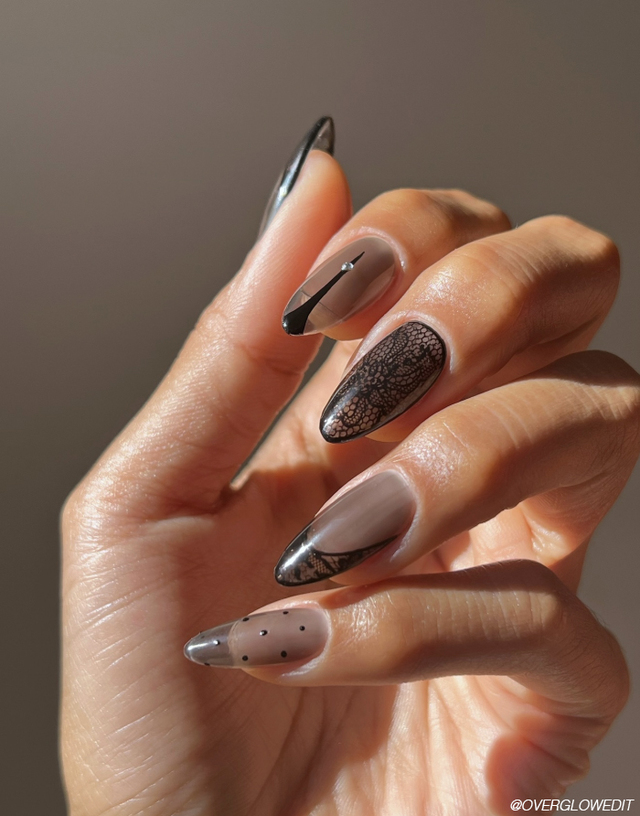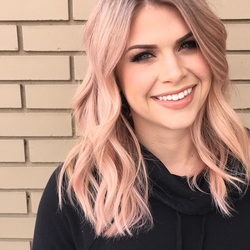Impacting one in eight women in their lifetime, breast cancer is one of the most common forms of cancer to develop in women in the United States. Prevention and early treatment are critical to improving survival rate, which is why awareness is so important. October is National Breast Cancer Awareness Month, bringing to light the importance of prevention, treatment, and available therapies.
Many breast cancer patients must undergo invasive treatments, such as chemotherapy, which can be harsh on both the physical and mental aspects of a patient’s well-being. Hair loss is often a common side effect of chemotherapy and can be visually and mentally devastating for patients. However, with the introduction of scalp cooling technologies, the impact of chemotherapy-induced hair loss can be reduced. Scalp cooling involves placing a cool cap on the scalp before, during, and after treatment to reduce the impact chemotherapy has on hair loss. Cooling the scalp by 30 degrees, the treatment reduces the amount of chemotherapy that is able to enter the follicle, leading to a 50% decrease in hair loss for many patients. While this therapy has been available in other parts of the world, it is just gaining traction in the United States.*
Scalp cooling has proven extremely effective in reducing chemotherapy-induced hair loss but can still be costly for many patients. Aiming to make the technology available to more patients in need, HairToStay is the only non-profit organization dedicated to making scalp cooling treatments affordable for chemotherapy patients. To date, they have awarded subsidies to 5,000 patients, a number that continues to grow each day.
In an effort to spread awareness and offer scalp cooling to as many patients as possible, the Sydney Berry Foundation within HairToStay has challenged 50 companies in the beauty industry to donate a combined $250,000 to enable 250 individuals access to scalp cooling. In an effort to give back brands like Sam Villa, Kevin Murphy, Amika, Kerastase and Living Proof have already shown their involvement.
Sam Villa X HairToStay
In honor of Breast Cancer Awareness Month, the Sam Villa® company will donate 5% of net website sales in the month of October to the Sydney Berry Foundation at HairToStay (HTS). The Sydney Berry Foundation has challenged 50 companies in the beauty industry to donate a combined $250,000 to enable 250 individuals access to scalp cooling, a treatment that can dramatically reduce chemotherapy-induced hair loss. HTS is the first and only national nonprofit organization dedicated to helping cancer patients afford scalp cooling.
“We’re turning to our reach of 2 million on social media, including 800,000 IG followers and about 850,000 subscribers to our YouTube channel, to help amplify the message around this important cause and raise money for the Sydney Berry Foundation with HairToStay,” says Regina Baptista, President of Sam Villa. “As a brand rooted in #ArtistsSupportingArtists and #BrandsSupportingBrands, we continue to look for ways to positively contribute to the industry.”
To help spread awareness and make an impact, please visit https://bit.ly/htshaircarechallenge to make a donation.
KEVIN.MURPHY X HairToStay
KEVIN.MURPHY has already donated $10,000 to the HairToStay organisation, and will be donating $1 dollar for every bottle of limited-edition BODY.MASS purchased in September and October 2023 in the salon and on Kevinmurphy.com.au
To learn more about each brand’s involvement be sure to visit https://hairtostay.org/brands-and-distributors/.
*Manual cold caps have been in very limited use in the US for the past ten years, however, it wasn’t until December 8, 2015 that a scalp cooling device was actually granted Clearance from the United States Food and Drug Administration (FDA). Cooling the scalp during chemotherapy is thought to prevent hair loss by affecting two cellular processes: (1) Blood flow to hair follicle cells is reduced, therefore exposing them to less chemotherapy medications, and (2) the rate of cellular metabolism is slowed, thereby reducing the effect of whatever chemo medication is present.
















